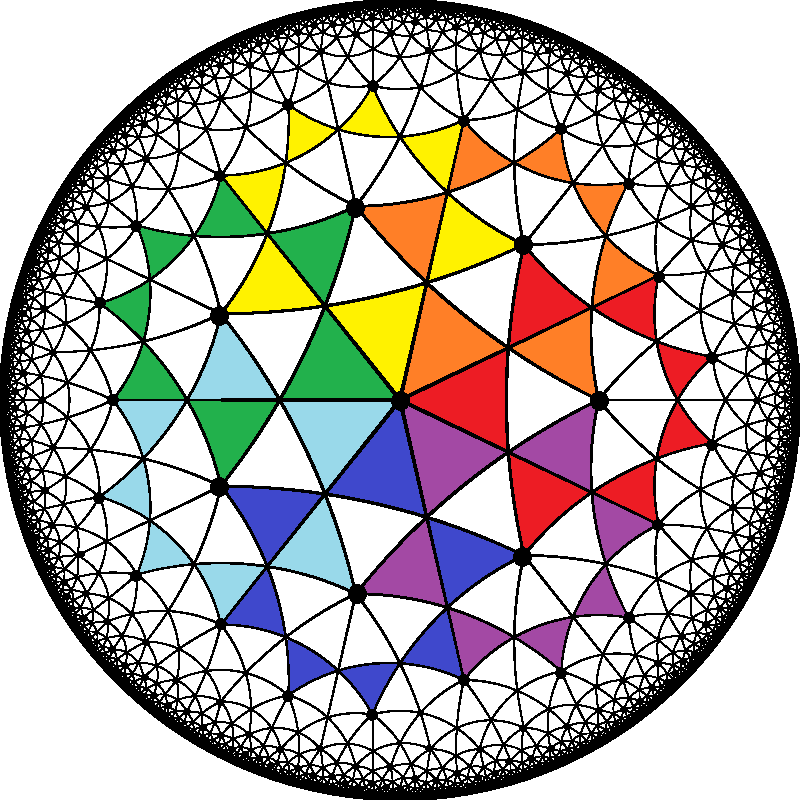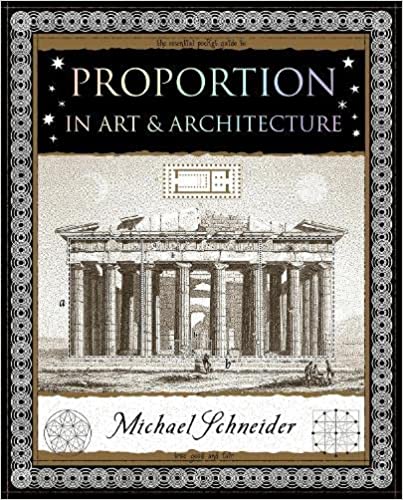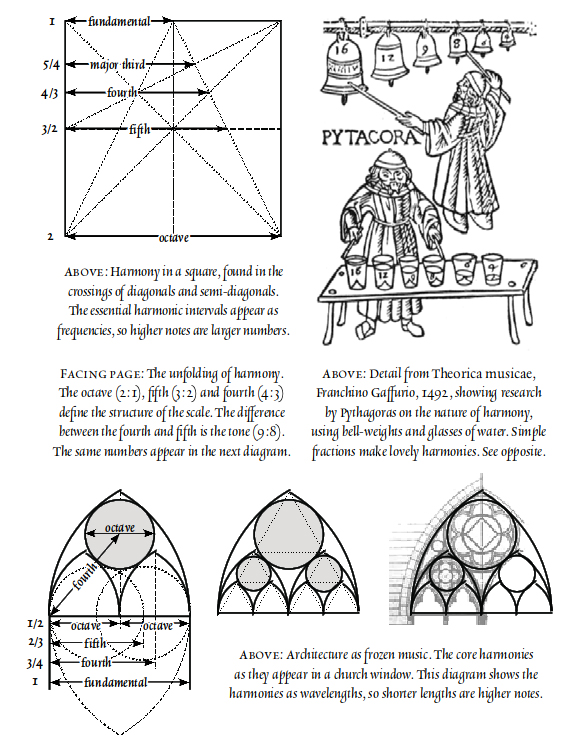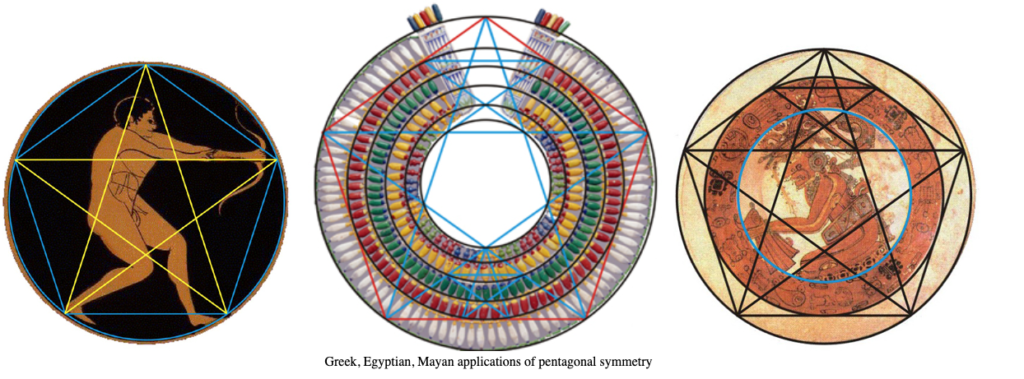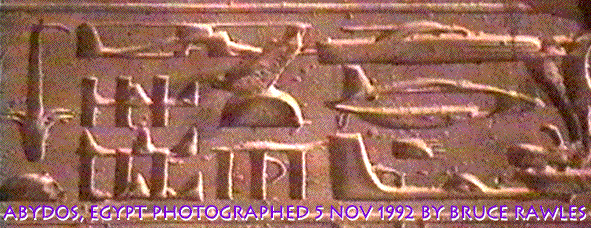
Amazing that it’s been almost two decades since we photographed these unusual (to say the least) hieroglyphs in a lintel high above the floor of the ‘new’ temple (the one built over the top of the layer of the Osireion temple which features the famous “Flower of Life” and Seed of Life” designs) in Egypt. The lyrics to the song “When will we ever learn?” (Where have all the flowers gone) come to mind. Shall we close the patent office… again? :-)

